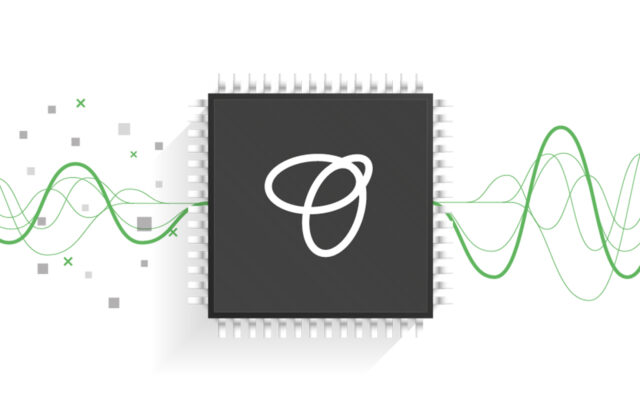Kandou AI Unveils Dual-Mode SerDes with 50% Speed Boost
At the 2025 IEEE Custom Integrated Circuits Conference (CICC) in Boston, Kandou AI introduced a breakthrough in high-speed data transmission: a dual-mode long-reach SerDes transceiver supporting both NRZ (Non-Return to Zero) and ENRZ (Ensemble NRZ) signaling schemes. This new SerDes architecture sets a new benchmark in energy-efficient, high-performance data communication…

At the 2025 IEEE Custom Integrated Circuits Conference (CICC) in Boston, Kandou AI introduced a breakthrough in high-speed data transmission: a dual-mode long-reach SerDes transceiver supporting both NRZ (Non-Return to Zero) and ENRZ (Ensemble NRZ) signaling schemes.
This new SerDes architecture sets a new benchmark in energy-efficient, high-performance data communication and is implemented using 16nm FinFET technology.
What Makes This Innovation Stand Out?
The dual-mode transceiver is designed with key features in mind:
- Low power consumption
- Compatibility with existing architectures
- High signal integrity
- Robustness against Inter-Symbol Interference (ISI)
In NRZ mode, the transceiver supports established standards such as USB and DisplayPort. The new ENRZ mode, introduced as a test enhancement, pushes performance further by increasing link throughput by 50%—all while operating at the same baud rate (20 Gbaud) and maintaining exceptional signal quality.
To put it simply: More data, less power, no compromise on quality.
Technical Highlights
- Channel loss tolerance: 6 dB to 28 dB (Nyquist)
- Bit Error Rate (BER): Better than 1E-13
- Data rates:
-
- 10 Gb/s per wire in NRZ mode
- 15 Gb/s per wire in ENRZ mode
This innovation demonstrates how ENRZ signaling can enhance modern link performance in both speed and efficiency, making it a compelling choice for next-generation high-speed interfaces.
Stay connected for more updates from Kandou AI as we continue shaping the future of connectivity.
Publication Details
Title: Dual-Mode Long-Reach Serial Data Transceiver Supporting NRZ and ENRZ Signaling
Conference: IEEE CICC 2025 (April 13–17, 2025)
Published on IEEE Xplore: May 19, 2025
Congratulations to Anant Singh’s team at Kandou AI for this significant contribution to the field of high-speed data communication. Their work continues to drive innovation and performance in silicon design.
Want to learn more?
Read the full article here: https://ieeexplore.ieee.org/abstract/document/10982712
More details in the CICC 2025 Program


